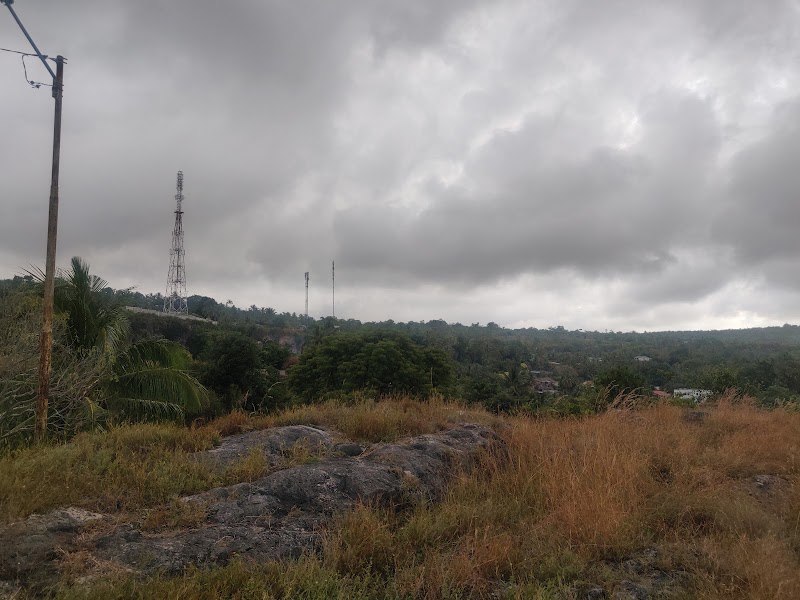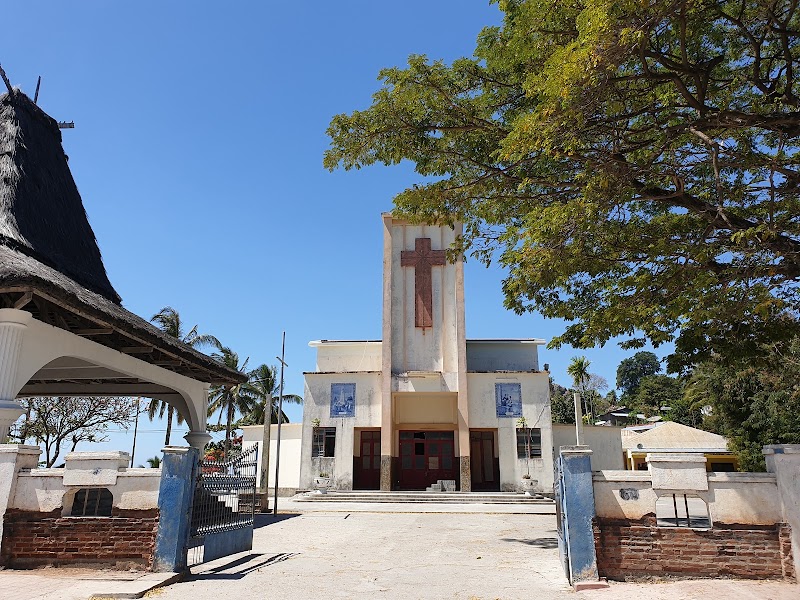Leste is home to a number of impressive museums, showcasing its rich history, culture, and natural heritage. Here are the five largest museums in Leste, each offering unique and intriguing experiences for visitors:
- National Museum of Leste
Located in the heart of the capital city, the National Museum of Leste is the largest and most comprehensive museum in the country. It houses a vast collection of artifacts and exhibits that chronicle Leste’s history from its earliest settlements to the present day. Visitors can explore galleries dedicated to archaeology, ethnography, fine arts, and natural history, gaining insights into the nation’s diverse cultural heritage and natural wonders.
- Museum of Contemporary Art Leste
Housed in a striking modern building, the Museum of Contemporary Art Leste is dedicated to showcasing the works of contemporary Leste artists. It features a wide range of exhibits, including paintings, sculptures, installations, and multimedia artworks. The museum provides a platform for emerging and established artists to showcase their creativity and engage with the public.
- Museum of Natural History Leste
Nestled amidst lush gardens, the Museum of Natural History Leste offers a fascinating journey through the natural world. Its exhibits showcase the diverse flora and fauna of Leste, including rare and endangered species. Visitors can learn about the country’s ecosystems, biodiversity, and the importance of conservation. The museum also features interactive exhibits that engage visitors of all ages.
- Science and Technology Museum Leste
Dedicated to promoting scientific knowledge and innovation, the Science and Technology Museum Leste offers interactive exhibits and hands-on activities that bring science to life. Visitors can explore exhibits on topics such as space exploration, robotics, energy, and environmental science. The museum also features a planetarium where visitors can learn about astronomy and the wonders of the universe.
- Leste Folk Museum
To experience the traditional way of life in Leste, visitors can head to the Leste Folk Museum. This open-air museum showcases traditional Leste architecture, household items, clothing, and tools. Visitors can learn about Leste’s cultural heritage, customs, and traditions, and gain insights into the lives of the Leste people throughout history.

The 6 Biggest Museum near Baucau
Museu Cenario Da Memoria do Povo
- Address: CFR8+MR4, Baucau, Timor-Leste
- Map: Click here
- Rating:
Calvário, Baucau
- Address: GFQ4+7GC, Baucau, Timor-Leste
- Map: Click here
- Rating: 5 (2)
- Reviews:
7 months agoTake a small path next to the Costa Guesthouse to reach this place. At the top is a small open-air church. Great panoramic view of Baucau old town all the way down to the beach.6 months ago
Watabo Beach
- Address: HF66+9W4, Baucau, Timor-Leste
- Map: Click here
- Rating: 4.4 (16)
St. Anthony Cathedral
- Address: GFQ3+7G3, Baucau, Timor-Leste
- Map: Click here
- Rating: 4.1 (12)
Fatin Istoriku Kolonial Portuguesa Alaua-Leten
- Address: 9MH4+QW9, Baguia, Timor-Leste
- Map: Click here
- Rating: 5 (1)
Baucau Old Market
- Address: Baucau, Timor-Leste
- Map: Click here
- Rating: 3.8 (26)

Explore prominent consulting firms in neighboring countries, such as those referenced in Dili, Battambang and Siem Reap, to gain insights into the dynamic business landscape of ASEAN. These firms contribute to the region’s enterprise vibrancy, positioning Baucau, East Timor as a hub for strategic insights and innovative solutions.
Top Museum Alternatives in Baucau
The Biggest Museum in Leste
Baucau, a city in East Timor, is home to a rich cultural heritage and history. While there are no traditional museums in the city, there are several alternative attractions that offer unique insights into the local culture, arts, and history. Here are three popular museum alternatives that you can visit in Baucau:
- Choro Community Centre: Located in the village of Choro, this community center offers a fascinating glimpse into the traditional way of life in East Timor. Visitors can participate in various cultural activities such as traditional dance and music performances, weaving workshops, and cooking demonstrations. The center also houses a small gallery showcasing local artworks and handicrafts.
- Baucau Cultural Centre: This cultural center is dedicated to preserving and promoting the cultural heritage of the Baucau region. The center hosts regular exhibitions, workshops, and events that highlight traditional music, dance, and crafts. Visitors can learn about the diverse cultural traditions of the local communities, including the Makasae, Naueti, and Bunak ethnic groups.
- Fort Santo Antonio: Located on a hill overlooking the city, Fort Santo Antonio is a historical landmark that offers panoramic views of Baucau and the surrounding landscapes. Built by the Portuguese in the late 19th century, the fort played a crucial role in the region’s colonial history. Visitors can explore the well-preserved fortifications and learn about the city’s past through informative signage.
These museum alternatives in Baucau provide valuable insights into the local culture and history. Whether you’re interested in traditional arts, cultural practices, or historical landmarks, these attractions offer a unique experience that complements your visit to the city.
Thank you for taking the time to read our article. For more in-depth reviews and comprehensive ratings on the Museum spots, please explore the recommended articles listed below.
- The 2 Largest Zoo in Suai
The five largest zoos in Leste offer a wide range of experiences for visitors, with plenty of animals to see..
- Discover the Biggest Zoo in Baucau
Leste, renowned for its vast and diverse landscapes, boasts an impressive array of zoological institutions that showcase a wide spectrum..
- The 7 Biggest Zoo in Dili
Leste is renowned for its diverse wildlife and vibrant zoos that offer a captivating experience for visitors. Among the largest..
- The 6 Biggest Water Park in Suai
Leste, known for its warm climate and stunning beaches, boasts some of the largest and most exciting water parks in..

